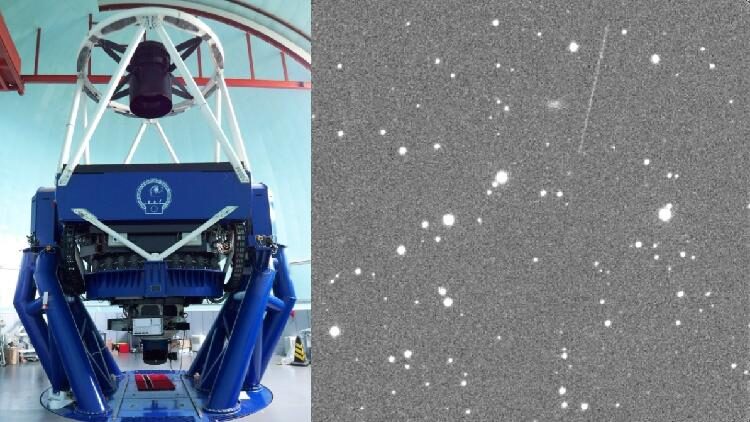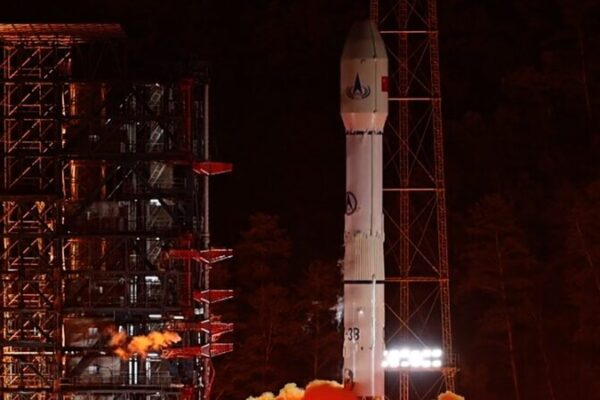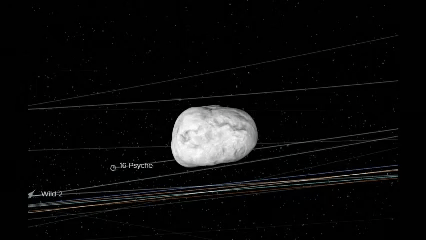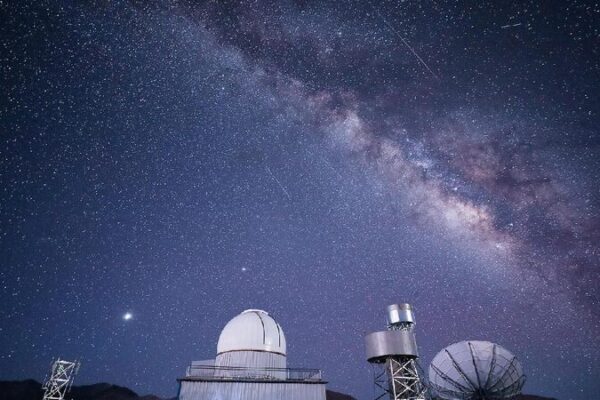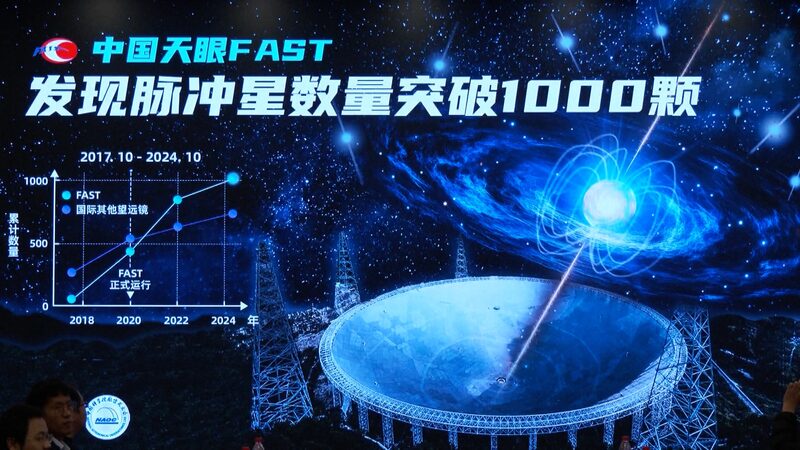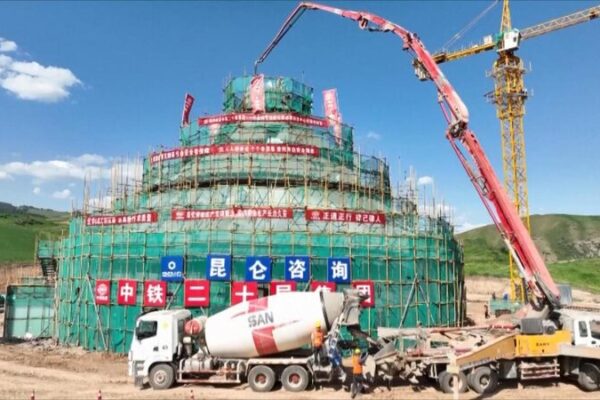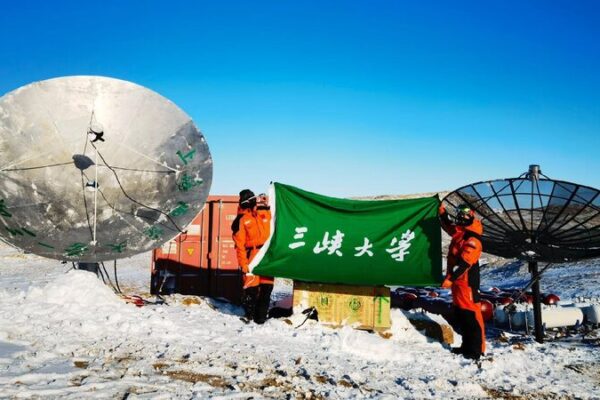Chinese astronomers have successfully captured rare images of a near-Earth asteroid, designated 2024 XA1, just hours before it entered Earth’s atmosphere over eastern Siberia. This marks a significant step forward in global efforts to detect and monitor potentially hazardous space objects.
The asteroid, estimated to be between 75 centimeters and one meter in diameter, was first detected by a University of Arizona telescope at 5:55 a.m. UTC on December 3. Given its trajectory and speed, the time from discovery to impact was less than 12 hours.
China’s strategic geographic location played a crucial role in monitoring this celestial event. The Lijiang branch of the Yunnan Observatories, under the Chinese Academy of Sciences (CAS), observed the asteroid between 3:10 p.m. and 3:30 p.m. UTC using their powerful 2.4-meter telescope—the largest of its kind in East Asia. Positioned over 3,200 meters above sea level, the observatory’s high altitude and low latitude make it an ideal spot for astronomical observations.
“We formulated an observation plan based on forecast information and the asteroid’s characteristics six hours before its expected entry,” said Zhang Xiliang, a researcher at the Lijiang observatory. “By adopting a wait-and-see method, we successfully captured precious images within the hour before it fell to Earth.”
Other Chinese observatories, including the Purple Mountain Observatory (PMO), the Lenghu observatory in Qinghai Province, and the Xingming Observatory in Xinjiang, also captured images of 2024 XA1. The PMO managed to snap photos approximately 42 minutes before the asteroid’s fiery descent.
At 4:15 p.m. UTC, the asteroid blazed through Earth’s atmosphere, creating a bright fireball over eastern Siberia. Within two hours after the impact, the International Astronomical Union’s Minor Planet Center had received 64 observations from around the world, officially designating the asteroid as 2024 XA1.
The ability to detect and track near-Earth asteroids is vital for planetary defense. “The destructive power of asteroids impacting Earth is enormous. Early warnings and defenses are crucial for humanity’s safety,” Zhang emphasized. “Our achievement provides solid scientific support for China’s efforts in this field.”
The increasing success of predicting asteroid impacts is attributed to improvements in global monitoring and warning capabilities. The PMO is actively researching new methods to monitor and predict near-Earth objects and is advocating for the construction of a next-generation monitoring and warning network.
As the world continues to keep an eye on the skies, collaborations like these highlight the importance of international cooperation in safeguarding our planet.
Reference(s):
China's observatories capture images of falling near-Earth asteroid
cgtn.com
